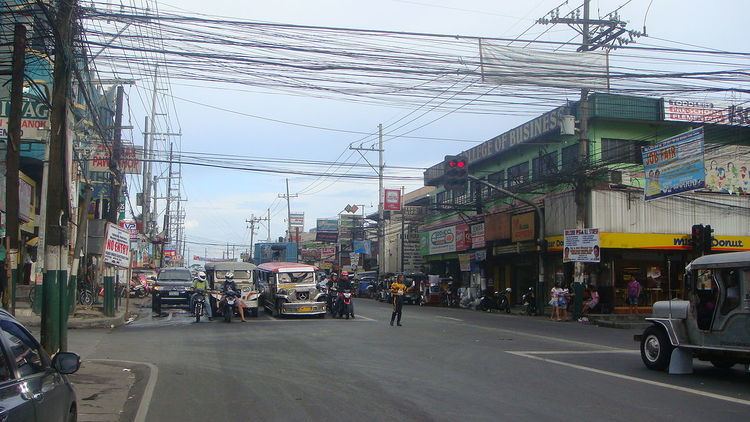 | ||
Visual pollution is an aesthetic issue and refers to the impacts of pollution that impair one's ability to enjoy a vista or view.
Contents
Visual pollution disturbs the visual areas of people by creating harmful changes in the natural environment. Billboards, open storage of trash, space debris, telephone towers, electric wires, buildings and automobiles are forms of visual pollution. An overcrowding of an area causes visual pollution. Visual pollution is defined as the whole of irregular formations, which are mostly found in natural and built environments.
Effects of exposure to visual pollution include: distraction, eye fatigue, decreases in opinion diversity, and loss of identity.
United States
In the United States, there are several initiatives gradually taking place to prevent visual pollution. The Federal Highway Beautification Act of 1965 limits placement of billboards on Interstate highways and federally aided roads. It has dramatically reduced the amount of billboards placed on these roads. Another highway bill, the Intermodal Surface Transportation Efficiency Act (ISTEA) of 1991 has made transportation facilities sync with the needs of communities. This bill created a system of state and national scenic byways and provided funds for biking trails, historic preservation and scenic conservation.
The Dunn Foundation is an organization that increases public awareness of visual pollution and landscape appearance in America through educational programs. The foundation has designed an educationally interactive package for students from grades 3-12 on how to improve the visual environment in their communities. Another company working toward prevention of visual clutter is Scenic America; a non-profit organization that envisions a future movement toward ensuring that scenic conservation boosts the economy and decreases visual pollution. Businesses situated near an interstate can create problems of advertising through large billboards, however now an alternative solution for advertisers is gradually eliminating the problem. For example, logo signs that provide directional information for travelers without disfiguring the landscape are increasing and are a step toward decreasing visual pollution on highways in America. Thus, researchers believe that planners should help and encourage citizens to maintain their communities as citizens have the power to influence government, especially local and regional management where most issues regarding appearance and disclosed.
Brazil
In September 2006, São Paulo passed the Cidade Limpa (Clean City Law), outlawing the use of all outdoor advertisements, including on billboards, transit, and in front of stores.
